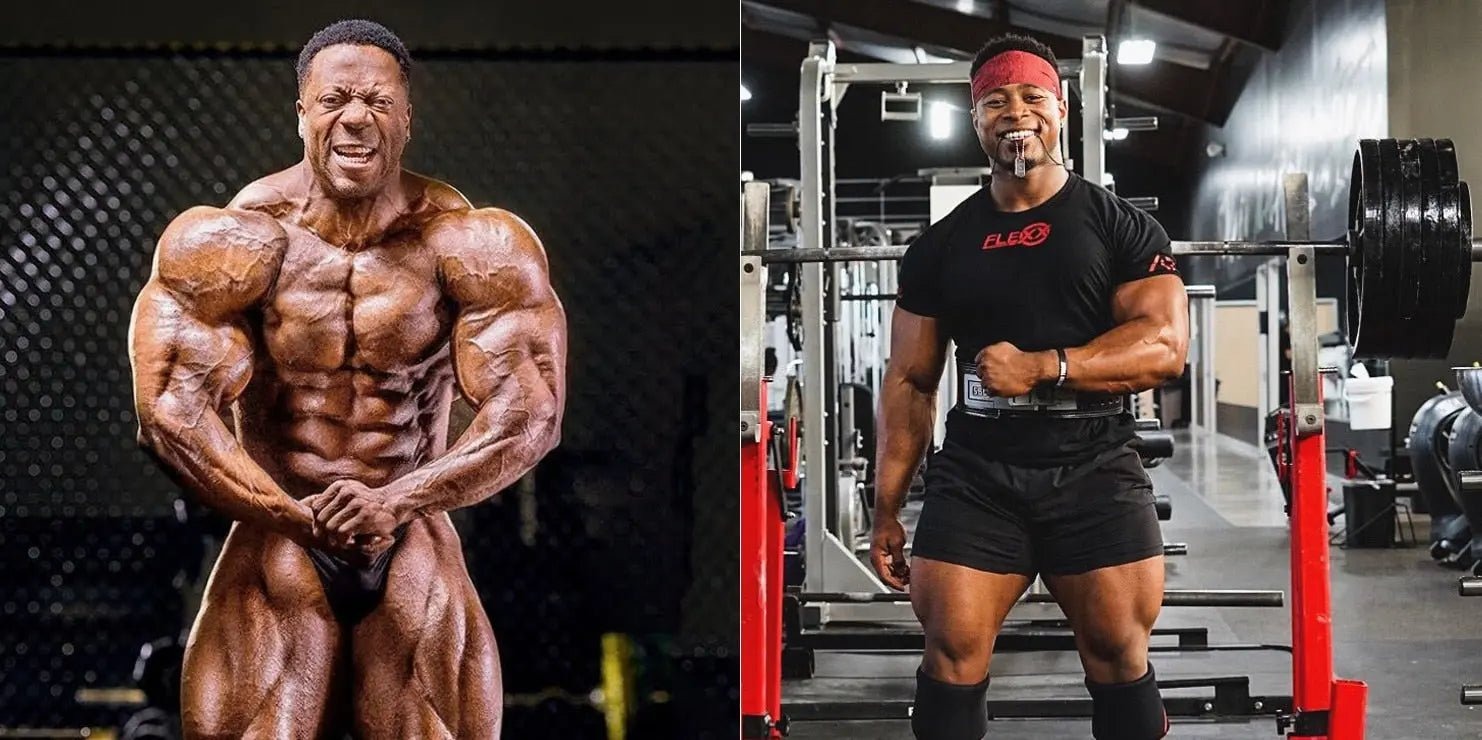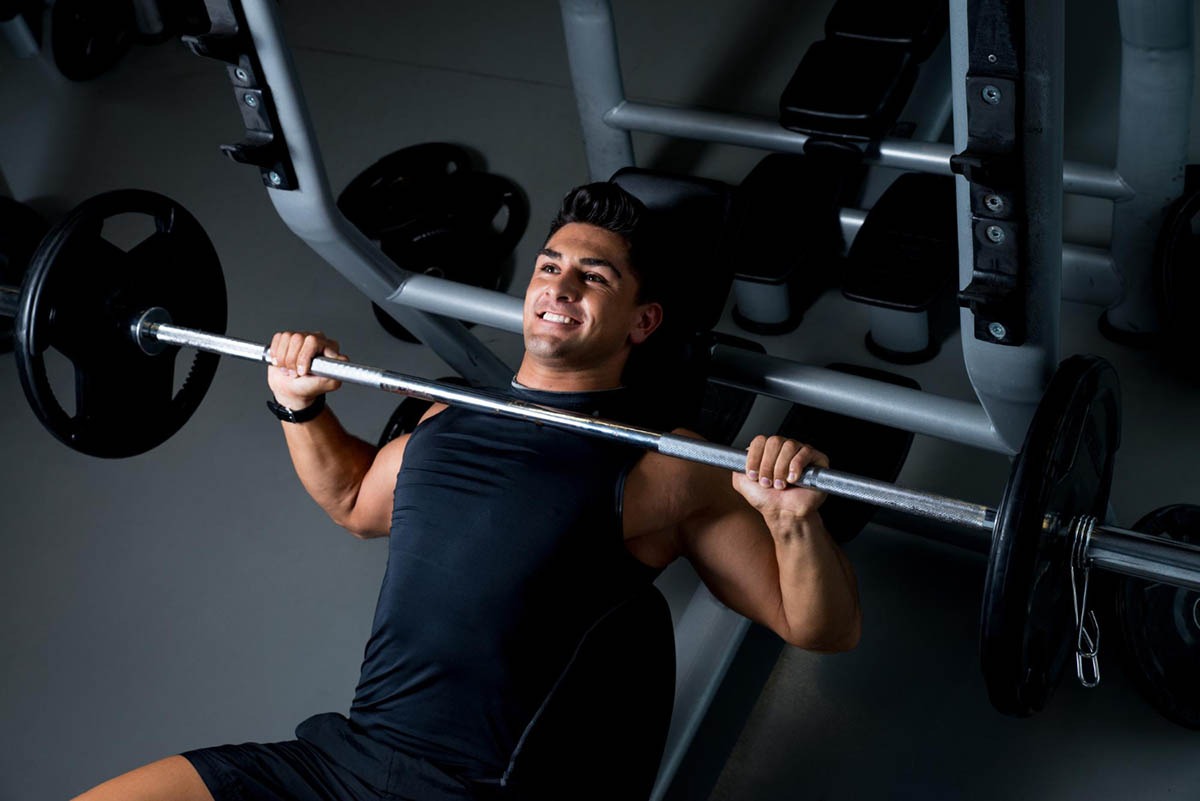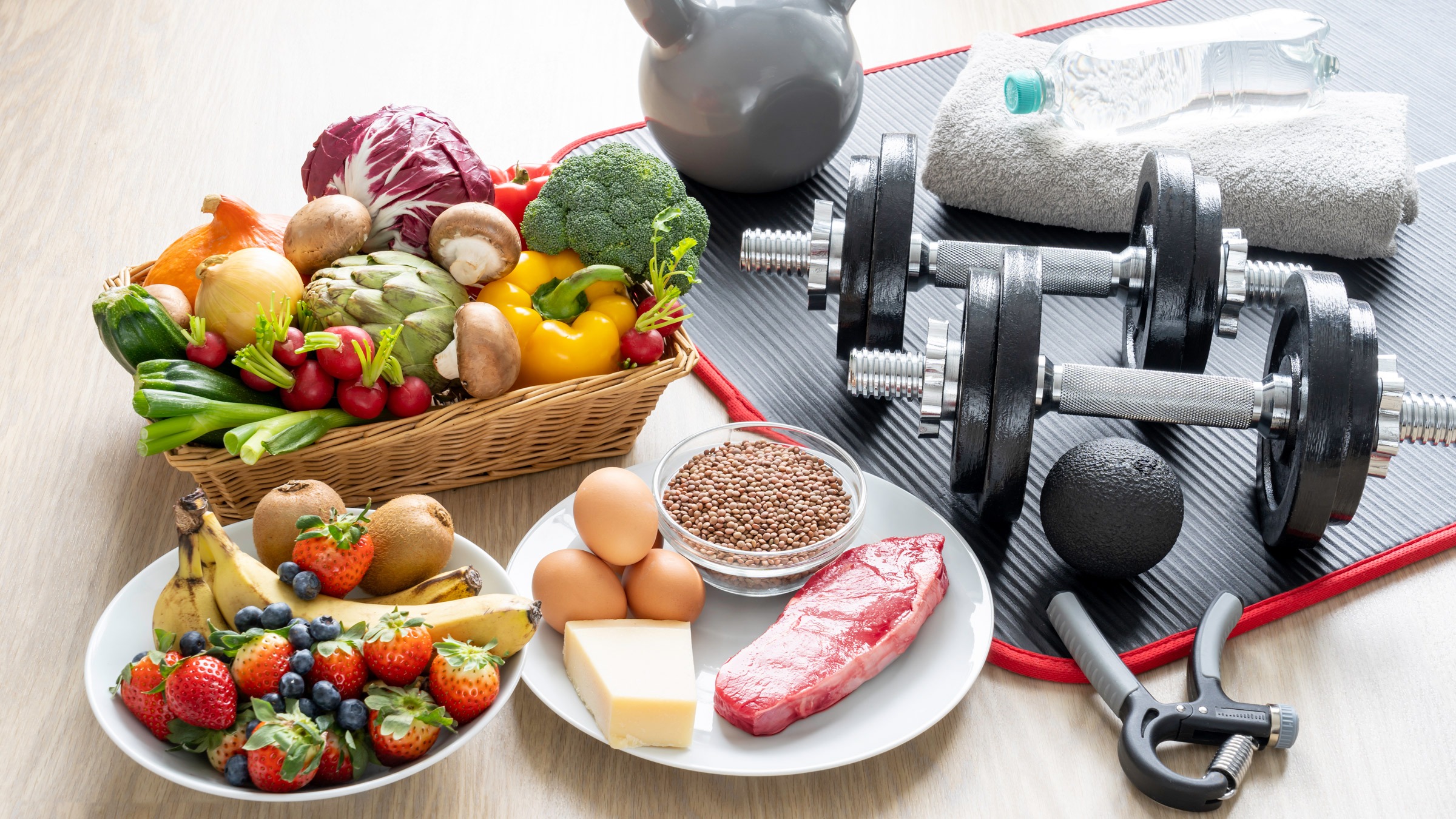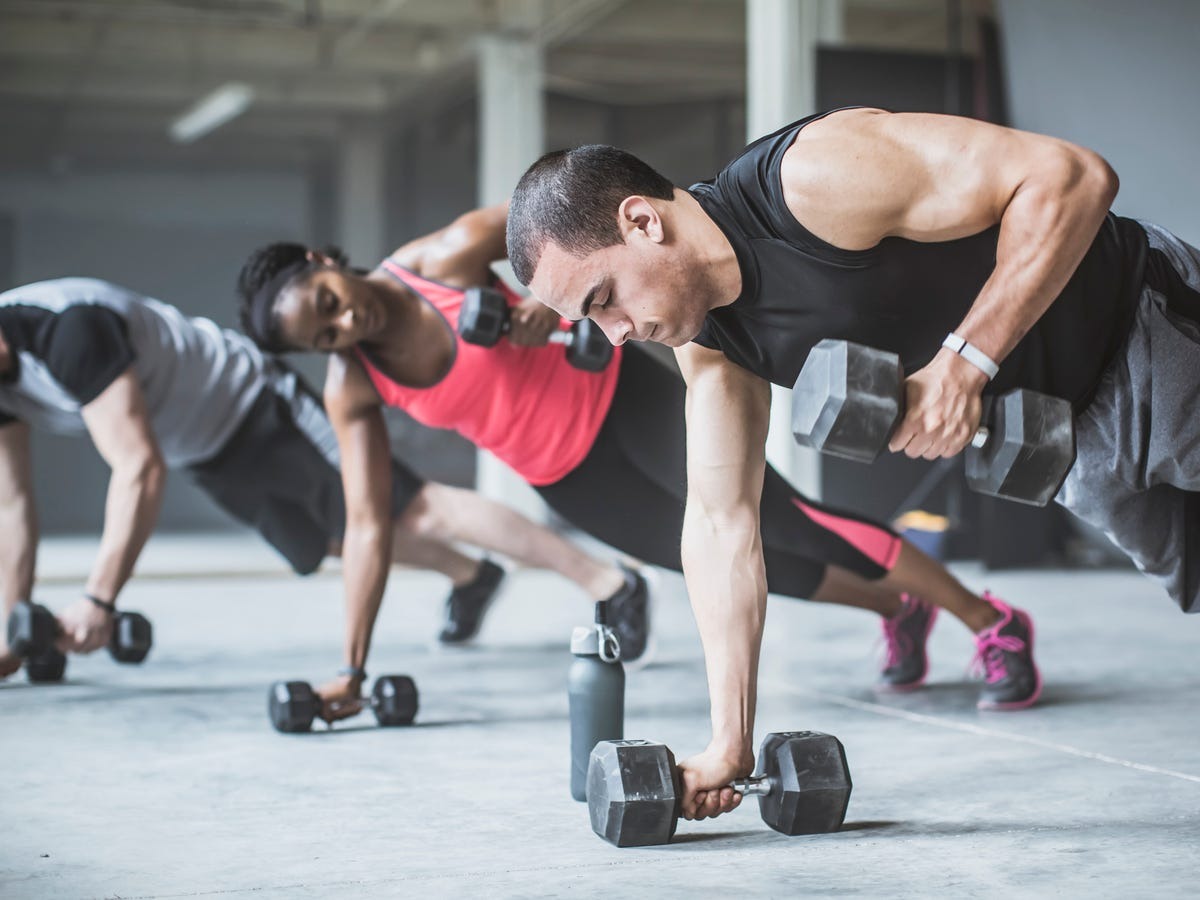When people start lifting weights, they often hear about two popular training styles: powerlifting and bodybuilding. At first, they may look similar — both use weights, both require discipline, and both build muscle. But the truth is, these two approaches have very different goals, methods, and results.
If you’re a beginner or even someone with some gym experience, you might be confused about which style suits you best. This guide will explain the differences, benefits, and challenges of powerlifting and bodybuilding so you can decide which path to follow.
What Is Powerlifting?
Powerlifting is a strength sport that focuses on lifting the heaviest weights possible in three main exercises:
- Squat
- Bench Press
- Deadlift
The goal is not to look a certain way but to lift as much weight as you can. Powerlifters train with low reps, heavy weights, and long rest periods to maximize pure strength.
Example of a powerlifting workout:
- Squats: 5 sets × 3 reps (very heavy)
- Bench Press: 5 sets × 3 reps
- Deadlifts: 4 sets × 2 reps
What Is Bodybuilding?
Bodybuilding is focused on building and shaping muscles for appearance. Instead of lifting the heaviest weights possible, bodybuilders train to make their muscles bigger, more balanced, and more defined.
Workouts usually involve medium weights with higher reps and a variety of exercises to target every muscle group. Nutrition and recovery also play a major role in achieving a lean, muscular look.
Example of a bodybuilding workout (Chest Day):
- Bench Press: 4 sets × 10–12 reps
- Dumbbell Flys: 3 sets × 12–15 reps
- Incline Press: 4 sets × 10 reps
- Push-ups: 3 sets × failure
Main Differences Between Powerlifting and Bodybuilding
| Feature | Powerlifting | Bodybuilding |
|---|---|---|
| Goal | Max strength (lift the heaviest) | Muscle size and appearance |
| Training Style | Low reps, heavy weights | Medium reps, moderate weights |
| Rest Periods | 2–5 minutes | 30–90 seconds |
| Diet Focus | Fuel for strength | Muscle growth and fat control |
| Competition | 1-rep max in squat, bench, deadlift | Posing on stage, muscle symmetry |
Benefits of Powerlifting
- Raw Strength Gains – You will become extremely strong in the three main lifts.
- Functional Strength – The movements build strength you can use in real life.
- Mental Toughness – Pushing heavy weights requires focus and resilience.
- Simpler Training – Fewer exercises but more focus on progression.
Benefits of Bodybuilding
- Muscle Growth (Hypertrophy) – Great for building size and definition.
- Balanced Physique – Focus on every muscle group for a complete look.
- Better Metabolism – Higher muscle mass helps burn more calories.
- Variety in Training – Many exercises prevent boredom.
Challenges of Powerlifting
- Higher risk of injury if form is poor.
- Progress can feel slow (adding just 2–5 kg may take weeks).
- Not much focus on aesthetics; you may be strong but not “ripped.”
- Heavy lifting can be hard on joints over time.
Challenges of Bodybuilding
- Requires strict diet and calorie tracking.
- Training can take longer due to many isolation exercises.
- Progress in appearance may take months or years.
- Posing, cutting, and bulking phases can be stressful.
Who Should Choose Powerlifting?
Powerlifting may be right for you if:
- You want to measure your progress by strength, not looks.
- You enjoy pushing your body to lift heavy weights.
- You don’t mind longer rest periods between sets.
- You’re interested in competing in strength events.
Example trainee: A person who loves challenges like “Can I lift more than last week?” and doesn’t care much about six-pack abs.
Who Should Choose Bodybuilding?
Bodybuilding may be right for you if:
- You care about building a muscular, aesthetic body.
- You enjoy a wide variety of exercises.
- You’re motivated by physical changes you can see in the mirror.
- You’re okay with focusing heavily on diet and lifestyle.
Example trainee: A person who wants broad shoulders, visible abs, and balanced muscles, and doesn’t mind spending extra time meal prepping.
Can You Combine Powerlifting and Bodybuilding?
Yes! Many athletes follow a powerbuilding style that mixes both. This means you train heavy like a powerlifter for strength but also do higher-rep accessory work like a bodybuilder for muscle growth.
Powerbuilding Example:
- Squats: 5 sets × 5 reps (strength focus)
- Leg Press: 3 sets × 12 reps (hypertrophy focus)
- Lunges: 3 sets × 15 reps (isolation work)
This way, you build both strength and size.
Nutrition for Powerlifters vs Bodybuilders
Powerlifting Nutrition
- More calories for strength and recovery.
- Carbs are important for energy.
- Protein supports muscle repair.
- Less focus on body fat percentage.
Bodybuilding Nutrition
- Controlled calories to bulk or cut.
- Protein is the main focus for muscle growth.
- Carbs and fats are adjusted depending on the goal (bulking vs cutting).
- Very strict during competition prep.
Recovery Differences
- Powerlifters: Need longer recovery due to heavy loads. Rest days and sleep are crucial.
- Bodybuilders: Recovery is important, but since weights are lighter, they can often train more frequently.
Which Training Style Burns More Fat?
Bodybuilding generally burns more calories due to higher reps, shorter rest times, and muscle-building focus. However, powerlifting builds dense muscle, which helps increase long-term calorie burn.
If your main goal is weight loss, bodybuilding-style training might give faster results.
Tips for Beginners Choosing a Path
- Try both for a few months to see what you enjoy more.
- Focus on form before weight. Injuries happen when ego takes over.
- Don’t ignore nutrition — it’s 50% of success.
- Stay consistent; both styles take time to show results.
Conclusion
Powerlifting and bodybuilding may look similar on the surface, but they are very different when it comes to goals, training, and results.
- Choose powerlifting if your goal is to be as strong as possible.
- Choose bodybuilding if you want a lean, muscular, and aesthetic body.
- Combine the two if you want both strength and size.
At the end of the day, the “right” training style is the one that excites you and keeps you coming back to the gym. Whether you chase heavy numbers or a perfect physique, the key is consistency, patience, and passion for progress.



